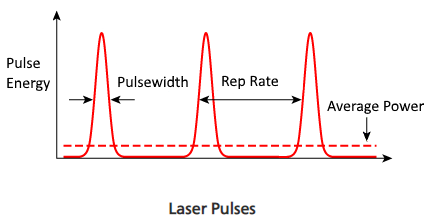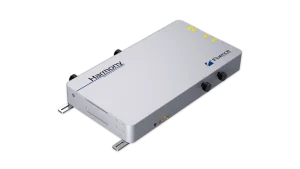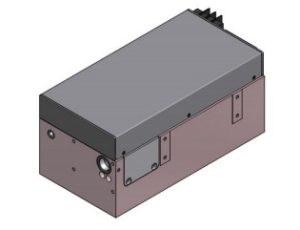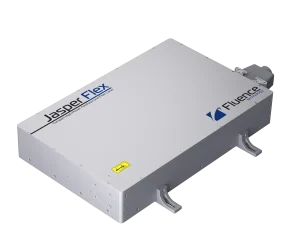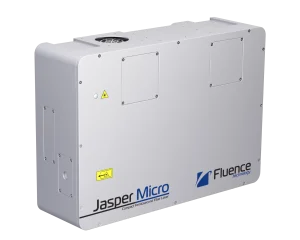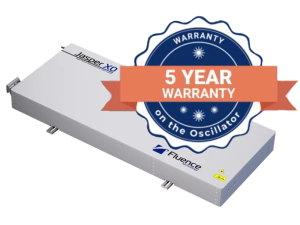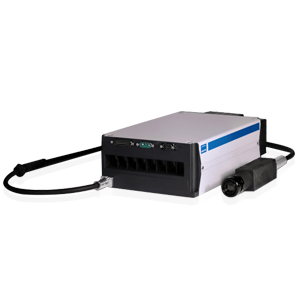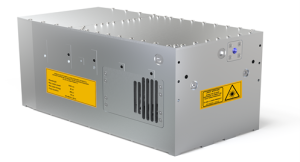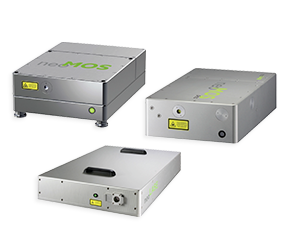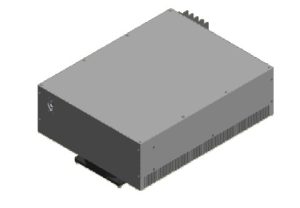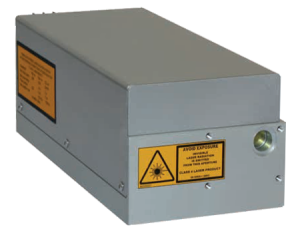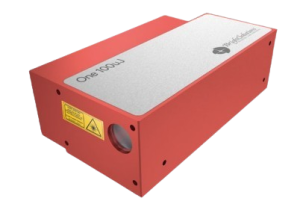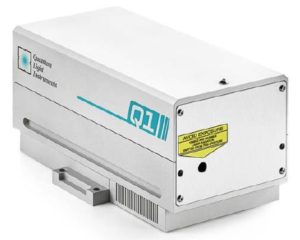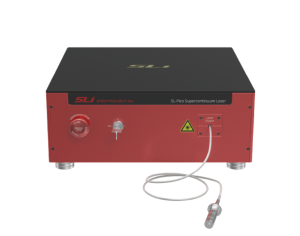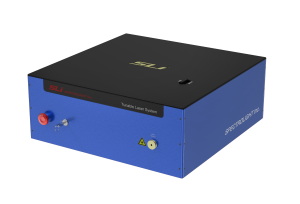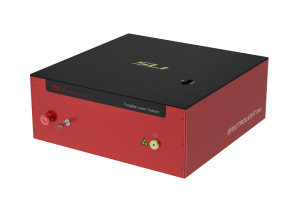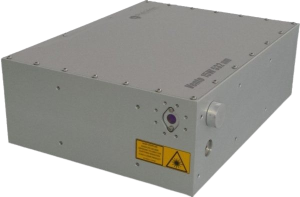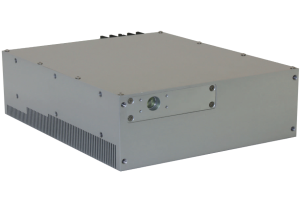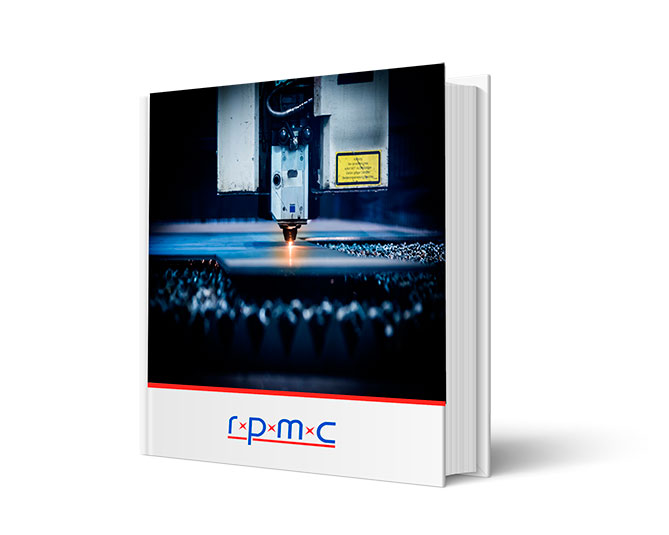Adjustable Rep Rate Lasers:
Versatile Performance for Every Application in ANY Market
-
-
-
-
- Flexible Repetition Rate for Optimized Performance
-
-
-
-
-
-
-
- Versatile Configurations & Wavelengths from UV to LWIR
-
-
-
-
-
-
-
- Various Technology w/ Customizable Solutions for Any Need
-
-
-
The Adjustable Rep Rate Lasers We Offer:
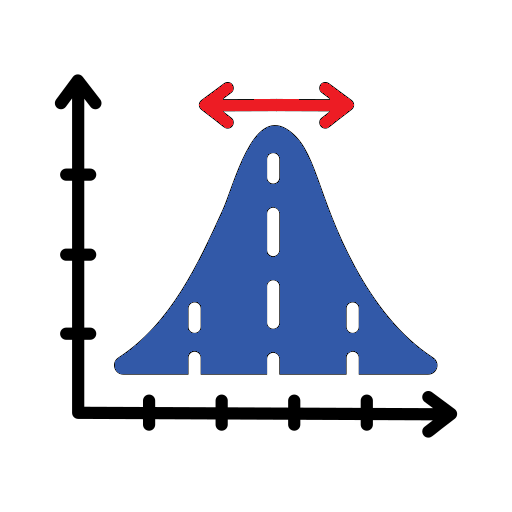
Flexible Repetition Rate for Optimized Performance
-
- Variable repetition rates from single-shot to multi-MHz for application versatility
- Allows tuning for specific material interactions, from precision marking to deep penetration
- Enhances process efficiency & throughput, adaptable to diverse industrial & research needs
Versatile Configurations & Wavelengths from UV to LWIR
-
- Huge wavelength range: UV (266nm) to LWIR (10µm) – Tunable wavelength option
- Free-space & fiber-based solutions w/ narrow linewidth & broadband options
- Configurable options allow application flexibility across markets

Various Technology w/ Customizable Solutions for Any Need
-
- DPSS, fiber lasers, microchip lasers, supercontinuum lasers and OPA
- Customizable wavelength, energy, cooling, and many other options
- Let us know your unique requirements & we will find the perfect solution for you!
For nearly 30 years, RPMC’s selection of Adjustable Rep Rate Lasers has set the standard for affordable precision across a wide range of applications, from defense to medical, industrial, and research with 1000’s of successful units in the field. We understand that every application has unique requirements, which is why our configurable platforms are designed to offer the perfect fit for your needs—whether you’re working with fundamental wavelengths, harmonics, or specialty wavelengths. As your partner, we’re here to guide you through the selection process, ensuring that your adjustable rep rate laser integrates seamlessly into your existing systems. With time-tested technology that balances power and precision, we’re committed to supporting your success every step of the way.

 SHIPS TODAY
SHIPS TODAY 